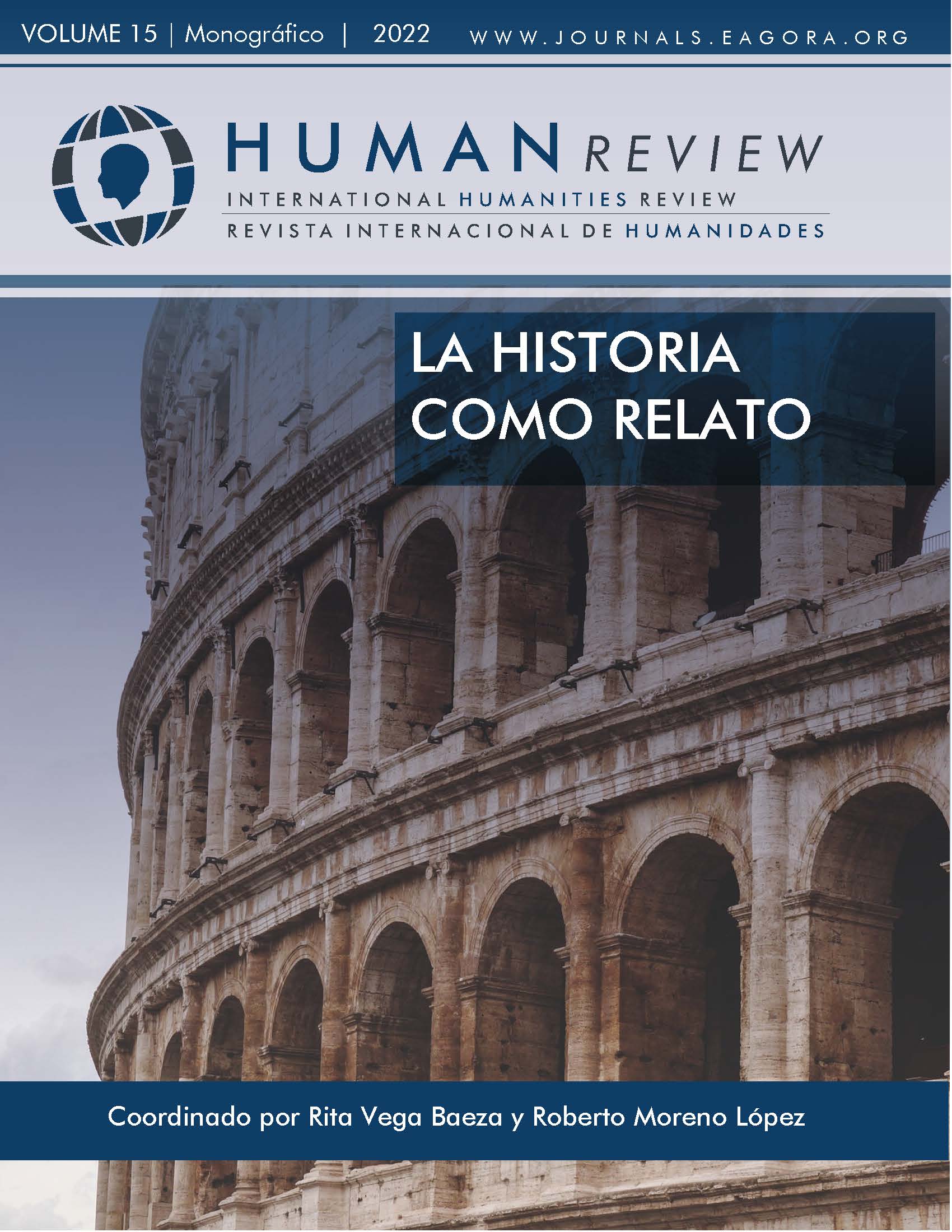The anarchist farmer woman: a gender role and aesthetic study in the Mujeres Libres Spanish magazine (1936-1938)
DOI:
https://doi.org/10.37467/revhuman.v11.4211Keywords:
Gender roles, Anarchism, Spanish Civil war, Mujeres Libres magazine, Farmer woman, Ilustration, AestheticAbstract
In the 1930 decade in Spain, during the Civil War, the anarchist organization Mujeres Libres (Free women) was concerned about the situation of the farmer woman. These women had means for reflection and dissemination of their ideals: the Mujeres Libres Spanish magazine (1936-1938). The magazine was aimed at activist and supporter women of the libertarian movement, and the objective was reflect on the situation of these women in all scopes. In this article we are going to analyse the ideal, aesthetic and roles given to the anarchist farmer woman in the texts and images of this publication.
References
AA.VV. (2004). Carteles de la Guerra. 1936-1939. Lunwerg. AA.VV. (2012). Encuentros con los años 30. La Fábrica.
Ackelsberg, M. A. (2006). Mujeres Libres: el anarquismo y la lucha de la emancipación de las mujeres. Virus. Barthes, R. (1986). El mensaje fotográfico. En Lo obvio y lo obtuso. Imágenes, gestos, voces. Paidós.
Barthes, R. (1987). El susurro del lenguaje: más allá de la palabra y de la escritura. Paidós. Burke, P. (2001). Visto y no visto. El uso de la imagen como documento histórico. Crítica.
Gómez Benito, J. (2015). “La mujer en la agricultura tradicional. Una mirada desde la historia y la sociología visual”, en Ortega López, Mª T. (Ed.). Jornaleras, campesinas y agricultoras. La historia agraria desde una perspectiva de género. Zaragoza: Monografías de Historia Rural, 11. SEHA.
Grimau, C. (1979). El cartel republicano en la Guerra Civil. Cátedra.
Julián González, I. (1993). El cartel republicano en la Guerra Civil española. Ministerio de Cultura. Litvak, L. (1988). La mirada roja. Estética y arte del anarquismo español (1980-1913). Serbal.
Lora Medina, A. (2016). El poder de la revolución: percepción y representación en el anarquismo español de los años treinta, [tesis doctoral, Universidad de Sevilla] Repositorio institucional IdUS, https://idus.us.es/ handle/11441/10751/browse?type=author&value=Lora+Medina%2C+Alejandro
Marín, D. (2018). Baltasar Lobo, artista de vanguardia. Artista total, 96, 108-113. Nash, M. (ed.) (1975). Mujeres Libres. España, 1936-1939. Tusquets.
Nash, M. (2016). Rojas. Mujeres republicanas en la Guerra Civil (6ª ed.). Taurus.
Nieto Quintanilla, M. (2006). Homenaje a Baltasar Lobo. Brigecio: revista de Estudios de Benavente y sus tierras,
, 253-261.
Ocejo Durand, N. (2002). Ruptura y continuidad en la obra de Baltasar Lobo. Anuario del Instituto de Estudios Zamoranos Florián de Ocampo, 19, 205-238.
Real López, I. (2018). Mercedes Guillén y Mollie Steimer: anarquismo y feminismo. Epistolario inédito en torno a Mujeres Libres. Cuadernos Republicanos, 97, 35-63.
Ruiz Eugenio, L., Siles Molina, G. (2009). Aportaciones de Mujeres Libres (1936-1939) desde la educación para la inclusión de mujeres obreras y campesinas en Berruezo Albéniz, M. R., y Cnejero López, S. (Coords.). El largo camino hacia una educación inclusiva: la educación especial y social del siglo XIX a nuestros días: XV Coloquio de la Historia de la Educación (pp. 339-347), Universidad Pública de Navarra.
Vicente, L. (2020). La revolución de las palabras: la revista Mujeres Libres. Comares. CGT (s.f.). Revista Mujeres Libres. https://cgt.org.es/revista-mujeres-libres/
Downloads
Published
How to Cite
Issue
Section
License
Those authors who publish in this journal accept the following terms:
- Authors will keep the moral right of the work and they will transfer the commercial rights.
- After 1 year from publication, the work shall thereafter be open access online on our website, but will retain copyright.
- In the event that the authors wish to assign an Creative Commons (CC) license, they may request it by writing to publishing@eagora.org









